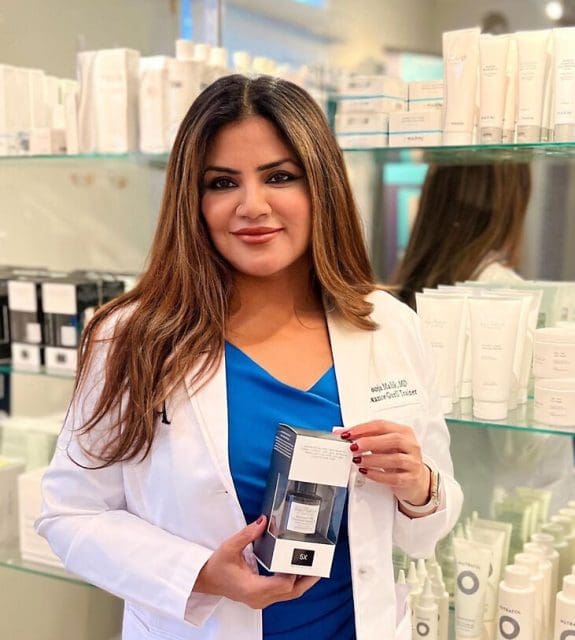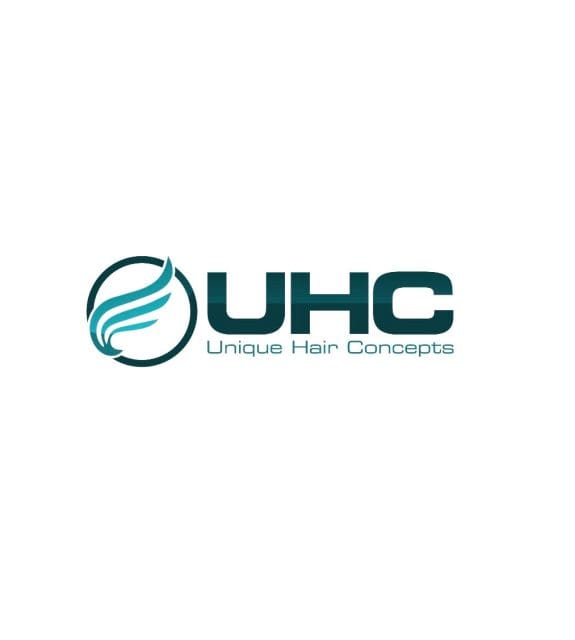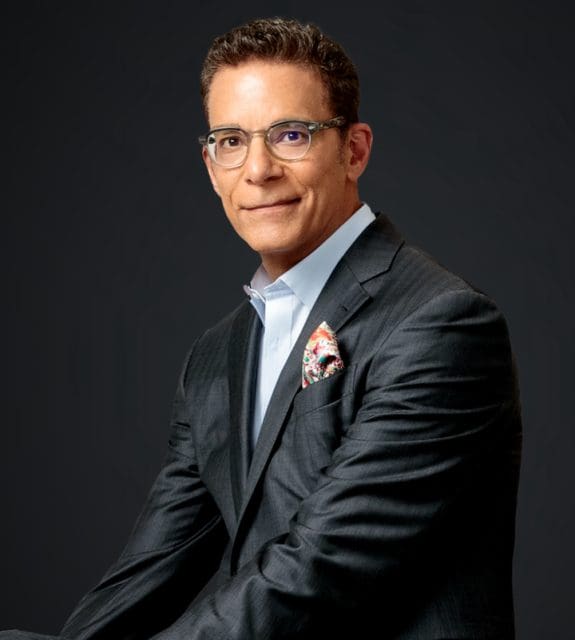Dr. Paul Durand completed a fellowship in Aesthetic Plastic Surgery at the Dallas Plastic Surgery Institute, considered the top program in the nation for cosmetic surgery. Since then, Dr. Durand has gained extensive recognition in both plastic and reconstructive surgery and has presented and published on numerous topics, including invitations to lecture and perform live surgical demonstrations in Latin America and Asia. Haute Beauty chats with Dr. Durand of Careaga Plastic Surgery about the difference between an ethnic and traditional rhinoplasty.
 Photo Credit: ShutterstockHB: What is Ethnic Rhinoplasty?
Photo Credit: ShutterstockHB: What is Ethnic Rhinoplasty?
Ethnic rhinoplasty is a type of rhinoplasty indicated for non-Caucasian patients. There is no ONE type of ethnic rhinoplasty because there are so many ethnicities. Ethnic rhinoplasty is performed for several reasons, taking into account both structural differences and cultural ideals. Ethnic rhinoplasty is not a Westernization procedure. It is performed to enhance nasal structures while keeping in mind the aesthetic ideals of particular cultures. Additionally, variations in skin, bone, and cartilage thickness between different ethnicities require specific techniques. What may work for one ethnicity may not be appropriate for another. This specific form of nose surgery helps ensure that the right techniques will be applied during your procedure.
HB: What concerns do an Ethnic Rhinoplasty address?
Ethnic rhinoplasty is a nasal surgery procedure that retains the aesthetic ideals of different cultures and races, while still correcting those characteristics that might be bothersome to the patient.
HB: What makes an Ethnic Rhinoplasty different from a traditional rhinoplasty?
Ethnic rhinoplasty is a completely different surgery than traditional rhinoplasty. There are different anatomical variations and characteristics in non-Caucasian patients that need to be treated in different ways. Skin thickness and cartilage strength are two examples of how an ethnic rhinoplasty can be very different and for which special techniques need to be used to produce a great outcome.
 Photo Credit: ShutterstockHB: How is Ethnic Rhinoplasty performed?
Photo Credit: ShutterstockHB: How is Ethnic Rhinoplasty performed?
While some of the techniques used during traditional rhinoplasty are commonly employed in ethnic rhinoplasty, in the vast majority of times these need to be modified at the time of surgery. More cartilage grafts can also be needed during ethnic rhinoplasty to give better tip support and maximize definition.
HB: What is recovery like?
Recovery after ethnic rhinoplasty varies per patient and depends on several factors. Typically noses with thicker skin take longer for the swelling to subside and for the final results to be seen. After two weeks, most patients will be out and about without people in the street noticing they ever had a procedure. However, there will be some swelling that continues for 6-8 months.
For more information, visit Careaga Plastic Surgery's social media:



























